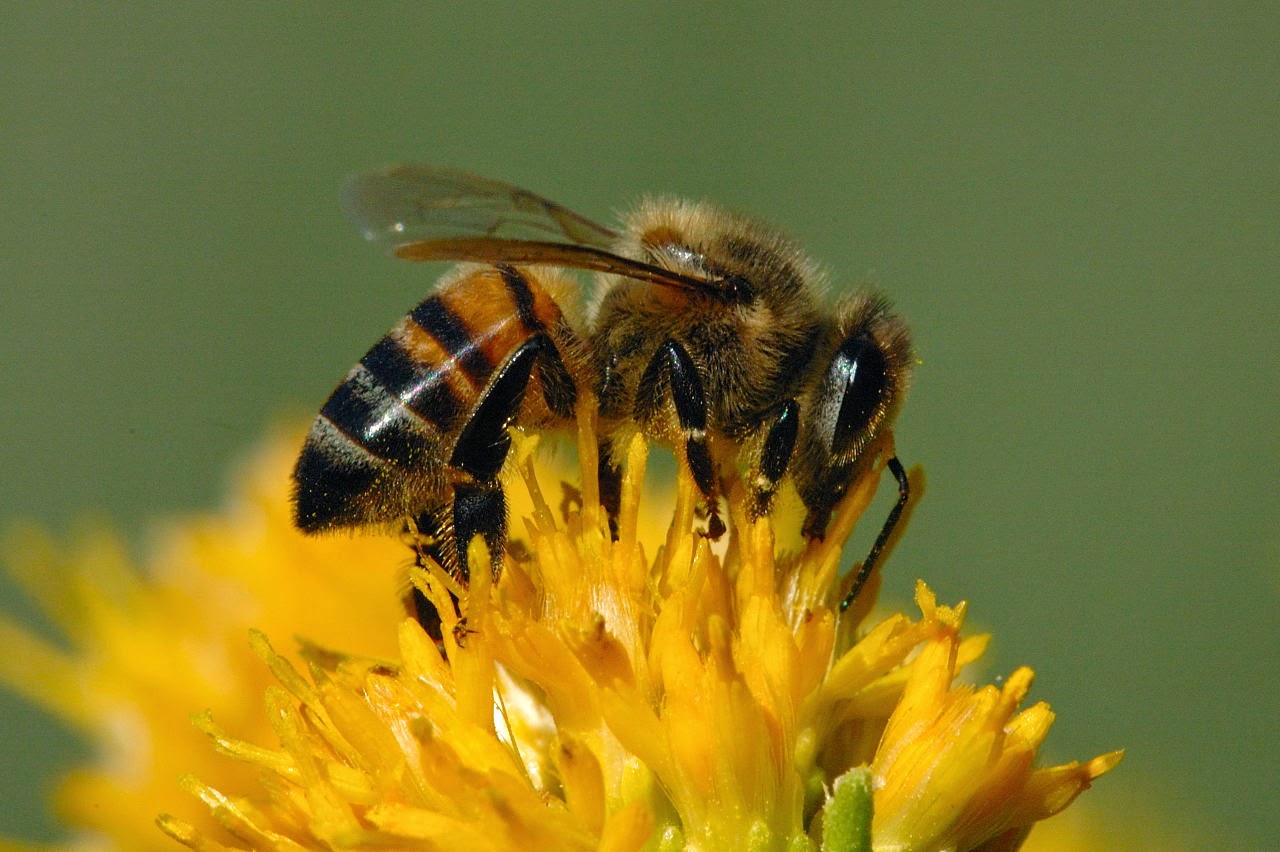On that note, I will leave you with a little poem that I wrote about my job as a zookeeper... I hope you enjoy it!
Confessions of a
Zookeeper
By Jennifer
Coleman-Bonham
Copyright 2013
I do not like the monkeys at the zoo.
They will fling fruit and poo at you,
And they will conspire with their little monkey friends
When it is dark outside and you have to get them in.
They may look adorable and incredibly sweet
But they will gnash at you with their nails and teeth.
You may think, “Oh precious monkeys, this cannot be true!”
I used to think that as well, but boy, let me tell you…
I would rather scoop live mealworms for yummy tortoise
snacks.
If I have to clean the python’s cage, I assure you, I’m
relaxed.
Let the cliquish alpaca spit at me while I’m supplying their
oats.
A few times, I’ve been butted by the cantankerous billy
goat.
I would rather scoop sheep pellets while dripping with sweat
And saying, “Watch your step there, sir. Those aren’t Raisinets.”
Let me empty and scrub out the anteater’s tub.
Let my leg be a toy for a feisty leopard cub.
After I dodge the wrath of a bad-tempered kinkajou,
Let the nosy toucans give me a Donald Trump hairdo.
Bring on the unprovoked hatred from the hawk.
Let me be slooooooowly attacked by a two-toed sloth.
I would rather do all of this, every single day…
Just please, don’t send me to the monkeys today.
P.S. Don’t even get me started on swans…
.png)












.jpg)


























